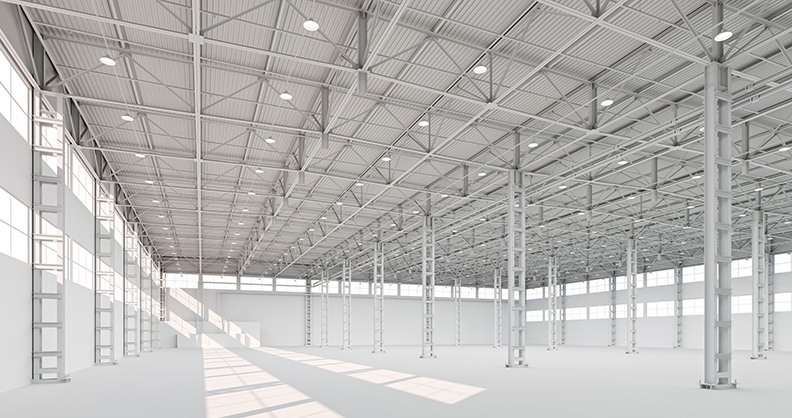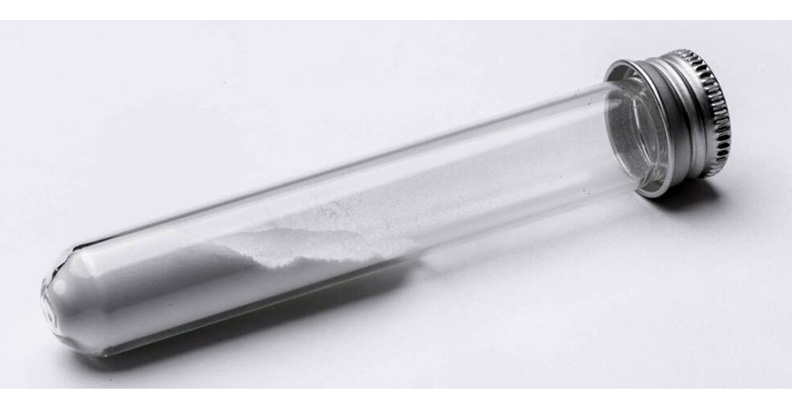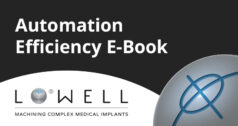
The orthopaedic and spine industries have adopted 3D printing and additive manufacturing at an accelerated pace over the last several years, resulting in highly innovative, cost-effective products that can improve the standard of care.
We are witnessing a revolution in spine right now. Interbody fusion devices once made exclusively with materials like PEEK and manufactured using traditional subtractive processes are now 3D printed in titanium alloys. 3D printing supports integration of critical design features, like porous bone ingrowth structures, that can improve implant fixation to host bone and allow for improved implant performance. For instruments, 3D printing allows full optimization of the design, reducing the total number of components and manufacturing steps, thereby making the additive process more cost effective. If you are ready to develop new business models and positively change your supply chain models, you should be looking at this technology.
At 3D Systems, we believe that 3D printing technology is at an inflection point and is well-positioned for adoption as a factory solution for large-scale production. We have integrated powerful software solutions, like 3DXpert™, with our state-of-the-art ProX® DMP 320 printers to create an unmatched combination of design optimization and streamlined production workflow.
We recognize that the medical device industry needs an experienced partner that can help optimize its supply chain and assist with development and commercialization of new products in an accelerated and reliable manner. Therefore, we have set up two world-class ISO 13485 Certified and FDA Registered manufacturing centers in Denver, Colorado and Leuven, Belgium, where our expert and experienced teams are supporting customers in the U.S. and Europe. Our teams enable medical device companies to confidently bring this technology in-house by developing the processes for them, and subsequently doing a comprehensive technology transfer so they can manufacture devices on our printers in their production environment.
Finally, we have a certified network program in which world class contract manufacturing centers that use our technology can work directly with our healthcare customer base to provide an integrated, one-stop-shop solution.
Our objective is to provide our healthcare customers with multiple strategic sourcing options so they can control and optimize their supply chain and introduce new, innovative products to the market with confidence.
In addition, the regulatory agencies around the world, and especially FDA, are doing a commendable job in creating a healthy environment that has allowed innovative technologies like 3D printing to evolve. By clearly defining the guidance and aligning those requirements with appropriate ASTM standards, the regulatory agencies are providing clarity and confidence to device companies. As a result, these companies are adopting innovative solutions that are improving the quality of life for patients.
Gautam Gupta, Ph.D. is Vice President of Business Development for the Healthcare division of 3D Systems. Dr. Gupta’s work is focused on utilizing 3D System’s healthcare solutions platform to help medical device companies bring products to market more efficiently and effectively within the orthopaedic and cardiovascular spaces. Dr. Gupta joined 3D Systems in 2015, and is passionate about innovating technology and processes so that partners can introduce powerful new medical devices to the market at an accelerated pace. He received his Bachelor’s degree in Technology from the Indian Institute of Technology in Kanpur, India and a Master’s degree in Metallurgical Engineering from the University of Missouri-Rolla. He then received his Ph.D. in Biomedical Engineering from the University of Kentucky and has an MBA from the Kellogg School of Management at Northwestern University. After completing his Ph.D., Dr. Gupta joined the orthopaedic industry with Biomet, working in the biomaterials research group. His research focused on developing surface coating technologies to improve implant performance. In addition, he also invented and commercialized a porous metal technology for bone ingrowth using additive manufacturing, and was instrumental in bringing the first few additively manufactured orthopaedic devices to market in the U.S.




